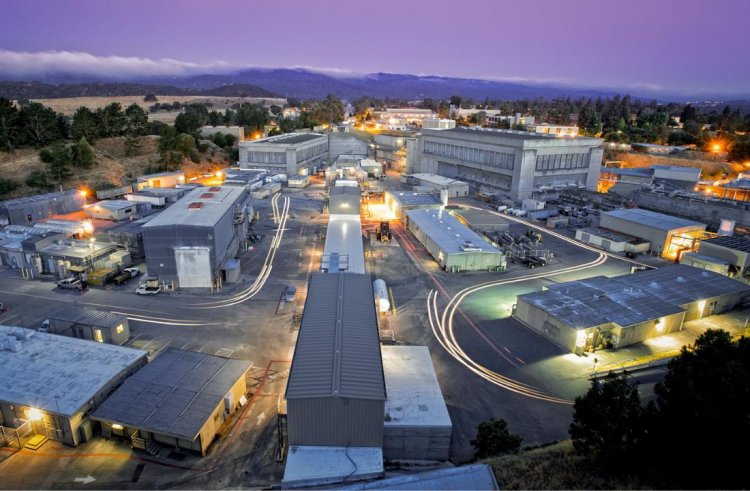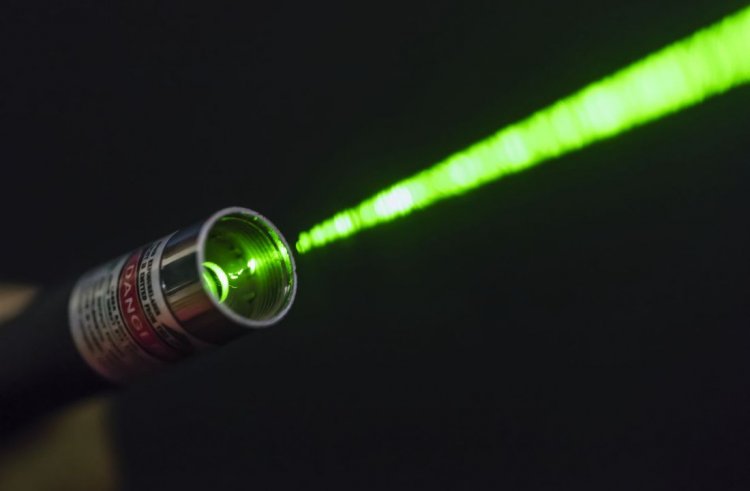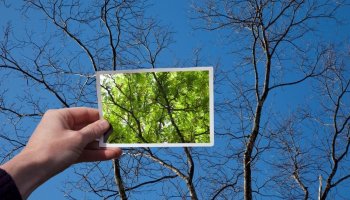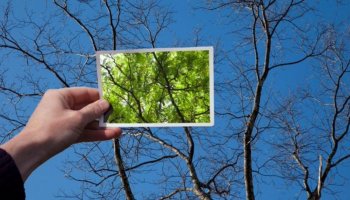The use of laser light to explore quantum electron highways
As with cars on a superhighway, electrons flow freely along topological insulators' surface edges, but cannot flow through their interiors. Creating this unique quantum state - part conductor, part insulator takes a specific set of conditions, which researchers hope to utilize for spintronics, quantum computing, and quantum sensing in the future.

A new study released by the Department of Energy's SLAC National Accelerator Laboratory and Stanford University explores how a TI loses its quantum properties and becomes just another insulator. The researchers used spiraling laser beams to generate harmonic vibrations in the material they were studying, much like a plucked guitar string.
This makes it easy to distinguish between what's happening in the superhighway layer and what's happening in the interior, they report in Nature Photonics."The harmonics generated by the material amplify the effects we wish to measure, making this a very sensitive method for studying TIs."
Explained Christian Heide, a postdoctoral researcher at the Stanford PULSE Institute at SLAC."The fact that this light-based approach can be done in a lab with tabletop equipment makes exploring these materials easier and more accessible than previous methods."
As Shambhu Ghimire noted, these results are exciting because they show the new method can be used to watch TIs switch between superhighway and insulating states in fine detail, much like with a camera with a quick shutter. The study was the latest in a series led by Ghimire and PULSE Director David Reis on high harmonic generation, or HHG.
which occurs when the laser light passes through materials shifted to higher energies and frequencies. Frequencies are shifted in distinct steps, like guitar notes. A dozen years ago, their research team was able to do this with a crystal and a frozen argon gas that was considered unlikely or even impossible candidates for HHG.

A laser was focused through the ordinary glass to emit attosecond laser pulses, which can be used to observe and control electron movements. The goal of Denitsa Baykusheva's postdoctoral research was to generate HHG in topological insulators, a feat that had never been achieved in any quantum material before.
The team discovered that yes, circularly polarized laser light could be used, but only over several years of research. A bonus to this spiraling laser light was that it allowed them to get strong, separate signals from TI's superhighway surface and its roadblocked interior by varying its polarization.
In this way, they could easily differentiate between the two contrasting parts. As part of this study, they varied the composition of their TI material, bismuth selenide, as well as the properties of ultrashort laser pulses they used to hit it with to see how each combination affected the harmonics produced by the material.
The first technique they used was angle-resolved photoemission spectroscopy, or ARPES, at SLAC's Stanford Synchrotron Radiation Lightsource. They were able to narrow down the neighborhood where the transition occurs.
A series of bismuth selenide samples were prepared, some pure, some with impurities known to affect electron behavior. There were topological insulators and plain insulators. The samples were hit with laser pulses of different energies and polarizations.
The circularly polarized pulses, especially those spiraling clockwise, were much more efficient in producing high harmonics from superhighway surfaces than from insulating parts.

It was easy to distinguish between the two states. A pure sample of the material was a classic TI, but it began losing its topological properties at about 4% impurity level and completely lost all topological properties by 20%. It was an ordinary insulator at that point.
A femtosecond laser pulse— about a millionth of a billionth of a second long— passes right through the sample without damaging it, and can be tuned to probe any spot inside it, Heide says, "that's a big benefit."
The laser setup should be able to observe the characteristics of topological transitions, as well as other electronic properties and processes, in much finer detail and as they change in real-time, Ghimire explained, similar to a camera with a super-fast shutter speed." The non-invasive nature of this all-optical method means that it has a wide range of potential applications," he said. "We plan to explore that in future experiments."









